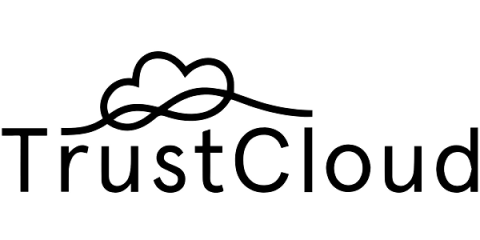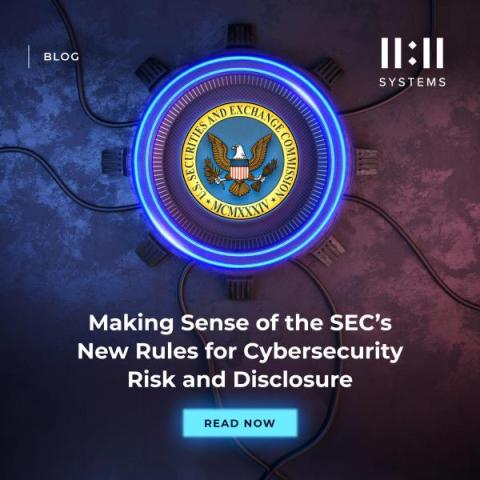Ensuring Cybersecurity Compliance: Navigating CMMC Assessment and Affirmation Requirements
For defense contractors, cybersecurity is a non-negotiable priority. The Cybersecurity Maturity Model Certification (CMMC) program outlines rigorous assessment and affirmation requirements for contractors and subcontractors. Let’s dive into the key elements that shape this crucial aspect of CMMC compliance.










